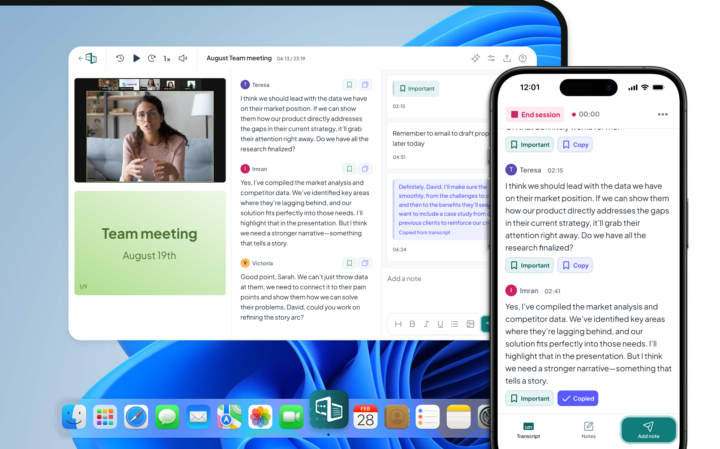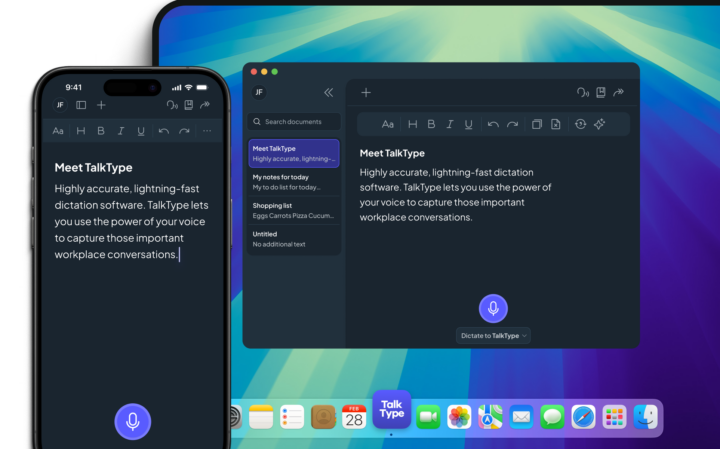Example of an Effective Executive Summary
Still unsure what your executive summary needs to look like? Here’s a simple example:
Let’s say you’re an online independent coffee retailer, and you’ve written a team plan that covers your internal goals for the upcoming quarter. It might include detailed breakdowns of departmental priorities, timelines for rolling out new products, budget allocations, hiring needs, and even insights from recent performance reviews or customer feedback.
Within that plan, you could have charts, projections, and a few pages of rationale behind each decision. But in your executive summary, you won’t have time to go through all of that. You only want top-level points.
Your executive summary might look something like this:
We’re aiming to grow quarterly revenue by 18% and improve customer retention by 10%. To get there we’ll:
- Launch two seasonal single‑origin blends with targeted email and social campaigns from 1 Sept
- Add a subscription upgrade option and a win‑back flow for lapsed customers by 1 Oct
- Invest £25k in targeted paid ads and influencer partnerships to bring in new customers
Expected impact: +18% revenue, +10% retention, with marketing spend paid back within four months. Key risks are supply shortages for single‑origin beans and possible swings in ad costs – we’ll confirm two supplier alternatives and cap initial ad spend with weekly performance reviews to manage those.
Next steps/asks: Please sign off the £25k marketing budget and the one‑off £10k contingency for sourcing. Approve hiring a 0.5 FTE marketing coordinator to run the campaigns. We need a decision by 20 Aug to hit our rollout dates.
As you can see, this example highlights only the most important info. It doesn’t discuss supplier negotiations or inventory forecasts; it keeps things focused on clarity, alignment, and action.





